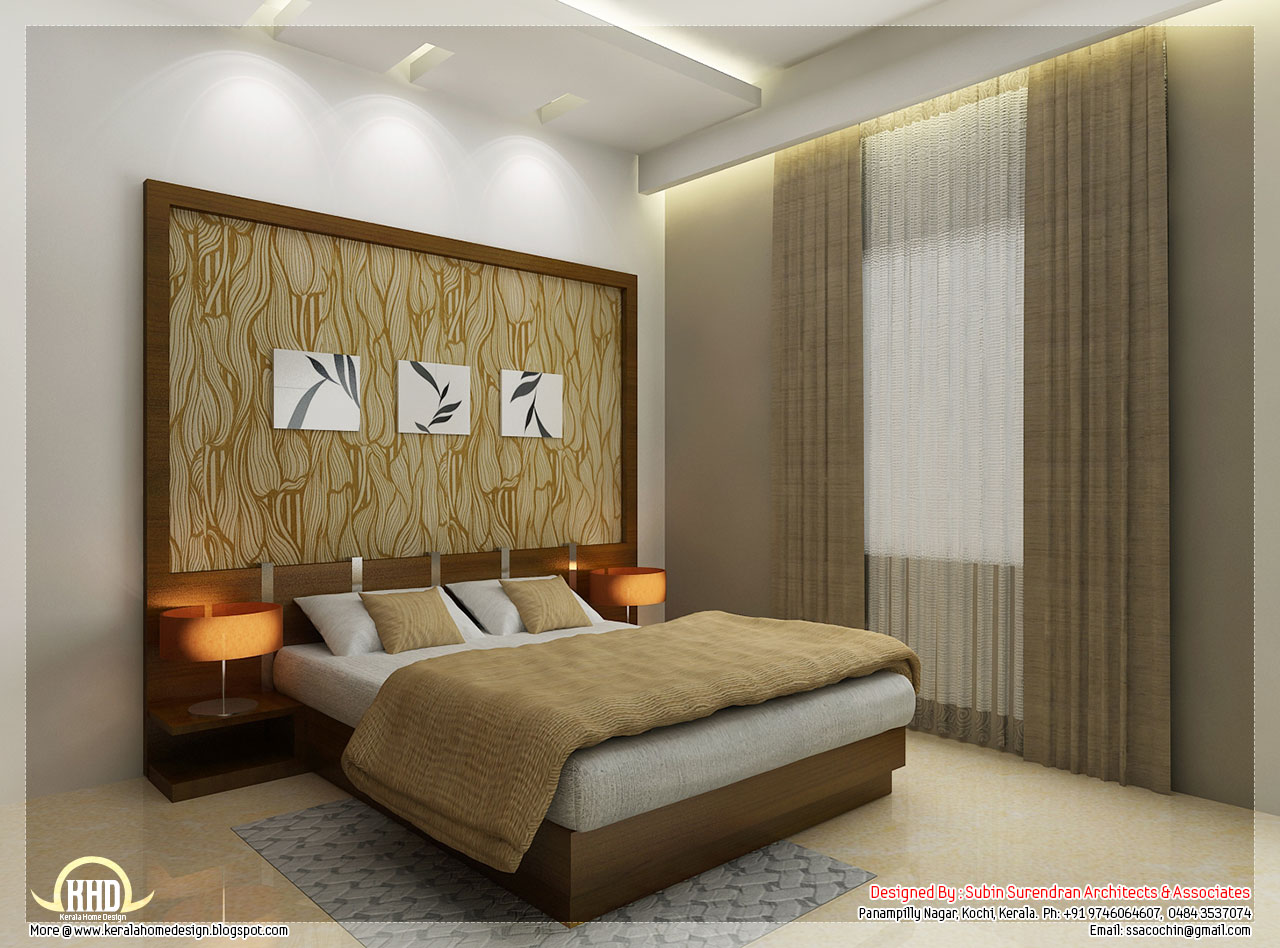Related Images with File:Jimbour House Inside Dining Room.jpg Wikimedia Commons
House Interior Design Ideas‚ Interior House Doors Cheap or Interiors
Log Cabin Interiors Design Ideas KnowledgeBase
Top Luxury Home Interior Designers in Noida: FDS
Log Cabin Interiors Design Ideas KnowledgeBase
File:Jimbour House Inside Dining Room.jpg Wikimedia Commons
Subscribe to:
Post Comments (Atom)




No comments:
Post a Comment